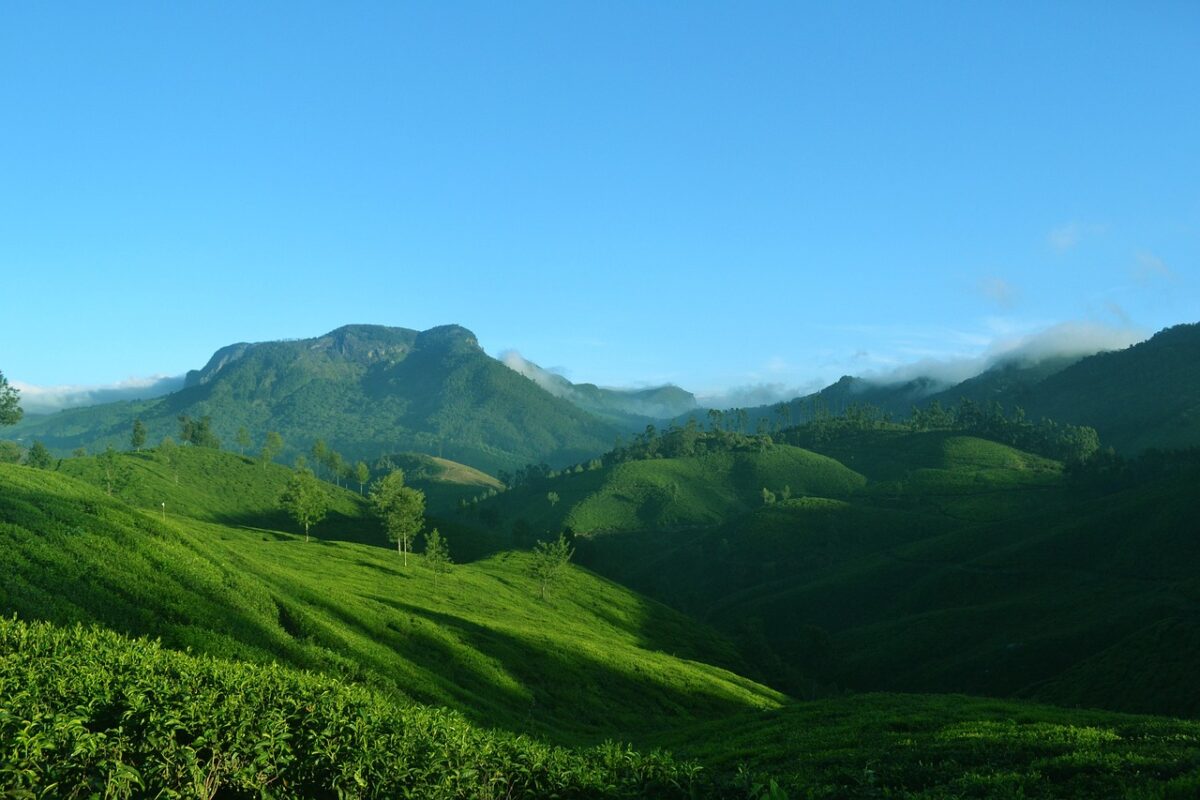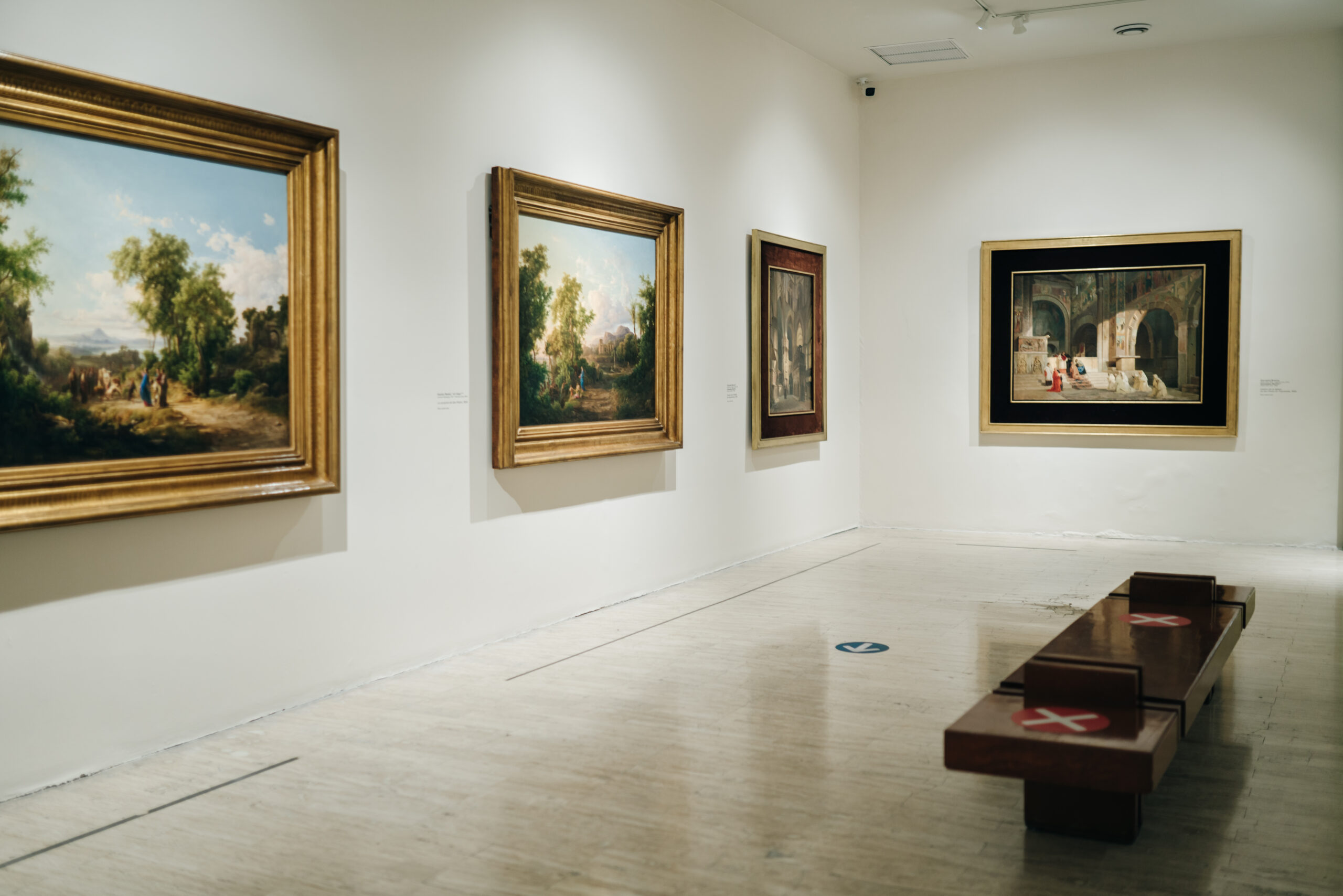Travel Guides
Discover Goa, India: An Introduction to Paradise
Goa, one of India’s smallest states, is nothing short of a pocket-sized paradise, a beautiful blend of Indian and Portuguese cultures. The state is a visual delight, known for its pristine beaches and diverse cultures.
Goa is blessed with a pleasant climate and clear sunshine and its rich coastline is dotted with coconut trees, white sand, and bright blue waters. The mouthwatering seafood, captured fresh from the Arabian Sea, is a big draw for visitors.

The laidback, “sussgad” lifestyle of Goa is something to experience; it is unique to this region and often found in its inner lanes, along with the flavourful Goan cuisine. Lizard hillocks, Portuguese churches, and old bridges offer a peek into the state’s historical past.
The people of Goa are welcoming and laidback, and the locals bear the influence of the predominantly Hindu and Catholic culture. The vibrant festivals of the state, both traditional and religious, keep alive the spirit of Goa.
Goa is a place of magical beauty, a pleasant mix of Indian culture and Portuguese civilisation, an atmosphere of peace and serenity. From shopping, taking a tour of churches to exploring the forts and white sand beaches, Goa offers something for everyone.
So, experience the beauty of Goa and its majestic views and take away fond memories to last a lifetime from this paradise state of India.
North Goa
Goa, situated on India’s west coast, is a heady mix of culture, sun and sand. The state is divided into two parts: North Goa and South Goa. Of the two, North Goa is undoubtedly the more popular destination among tourists looking for vibrant nightlife, world-class food, adventure and relaxation.
For a buzzing nightlife, look no further than Baga, Anjuna and Vagator – three of the most well-known hotspots of North Goa. From beachfront cafes and bars to trendy clubs, these areas offer everything from chilled out vibes to bass-bumping music.
The beaches of North Goa are often crowded and present visitors with a plethora of activities to enjoy, be it watersports, or just a stroll and a dip in the Arabian Sea. Here, you can also chill out to the mellow tunes of Goan trance, shake a leg to popular Bollywood beats, or even join a yoga retreat.
Those with an eye for shopping can pick up some unique, locally-made goods in the hippie markets of the area.
The sheer variety of experience coupled with the friendly nature of the locals makes North Goa the perfect place to relax, party and explore. Whether it’s feasting on some excellent Goan cuisine, taking a deep dive into its beautiful beaches, or simply grabbing a chilled beer and letting loose, there’s something for everyone here.
So, if you’re looking for a place that offers you a little bit of everything – North Goa is the perfect spot for you.
What to see in North Goa:
Reis Magos Fort
Reis Magos Fort is one of the oldest forts in Goa, originally built by Adil Shah of Bijapur in 1551 as a defence against the Portuguese. In 2011 it underwent extensive restoration and is now a multi-facited cultural and heritage centre, which is open to the public.
The centre features several well-curated exhibition spaces, each containing informative and varied displays. These include a gallery dedicated to the works of renowned Goan cartoonist, Mario Miranda, which showcases his drawings, cartoons and caricatures. There is also a room focused on the history of the fort and its restoration, giving visitors the chance to learn about its past and the careful work done to ensure its survival.

The most comprehensive of all the exhibition spaces is the one devoted to the history of Goa and the struggle for independence. This exhibition takes a chronological journey through its 1000 year history, from the ancient roots of the region to its struggle for full independence from the Portuguese. On the walls of this exhibition, visitors will find artifacts, photographs, documents and other antiquities that give an insight into the rich and varied history of Goa.
In addition to the museum spaces, visitors are also able to explore the rest of the fort. Its walls and ramparts provide some fantastic views of the surrounding Mandovi River and its cannons still keep a watchful eye on the landscape below. This fort is a special place to visit and is a perfect way to take a walk down Goa’s historical lane.
Aswem Beach
Nestled in the northern tip of Goa, India, Aswem beach offers visitors a unique and tranquil vacation destination. With its warm, turquoise waters and powdery white sand, Aswem beach has become a popular holiday spot for long-staying foreigners.
Every year, travelers from all around the globe flock to Aswem beach in search of alternate forms of accommodation. Instead of opting for traditional hotel rooms, visitors often opt to stay in one of the beach’s many beach-huts. Available in all shapes and sizes, these beach-huts provide the perfect base for beach-goers looking to make the most of their stay.
Aswem beach is renowned for its laid-back atmosphere and abundance of activities. From swimming and sunbathing to fishing and snorkeling, the beach provides a plethora of attractions for marine enthusiasts. For visitors wishing to escape the hustle and bustle of everyday life, many beach-huts come with their own private balconies, from which they can admire the beautiful views of the Indian Ocean or simply take a moment to relax and recharge.
Aswem beach is no stranger to change, with its parade of beach-hut accommodations regularly updated to meet the needs of its visitors. Whether you’re looking for a unique place to stay or simply looking to enjoy the tranquility of the sand and sea, Aswem beach is an ideal destination for those seeking an alternate holiday.
South Goa
South Goa provides a welcome respite from the hustle and bustle of everyday life. With pristine beaches, lush greenery, and sprawling vistas, it’s no surprise that this part of the Indian state is so popular with travellers.
Unlike its wilder, louder neighbour – North Goa – South Goa is a place of quiet, serenity, and relaxation. Often referred to as the small mother of tourism in Goa – the south is less commercialized and touristy than the north.
Beaches in South Goa are often backed by a beautiful forest backdrop. Clean and unspoilt, they’re a far cry from the overcrowded, noisy ones that visitors to the north may experience. Tourists can simply spend hours walking along the shore, admiring the sparkling blue waters and collecting the occasional seashell as a reminder of their stay.
Away from the beaches, travellers will find an abundance of activities to enjoy. From exploring historical forts and museums to discovering old churches, there’s something for everyone. In addition, due to the quieter nature of the region, tourists who prefer more low-key activities may find this part of Goa more conducive to their desires.
To make the most of your stay in South Goa, you should take the time to find out about local customs and traditions. This will help to facilitate a more authentic Goan experience and will contribute to a deeper appreciation of this part of India.
Finally, if you happen to be a foodie, a trip to the south is sure to cater to your palate. Here you will find a variety of traditional Indian cuisines as well as flavours from around the world. With a diverse range of restaurants, street food, and cafes, travellers will have plenty to choose from.
What to see in Sout Goa:
Goa Chitra
Goa Chitra, initiated by artist and restorer Victor Hugo Gomes, is an ethnography museum located in Benaulim. It houses an extensive collection of over 4000 traditional objects – from farming tools and kitchen utensils to altarpieces. This collection was painstakingly compiled by Victor over a span of 20 years.
The museum offers guided tours which provide visitors with a greater insight into the museum’s history. Hosted on the hour, visitors will get a chance to explore and understand the historic artifacts that are part of the museum’s collection.
The museum is located 3 kilometres from Maria Hall. If visitors find themselves lost, they can ask locals for directions.
Goa Chitra is a worthy destination for art and cultural lovers. The collection of artifacts, unearthed by Victor, stands testament to his passion and dedication of preserving and protecting traditional goan culture. Visitors should definitely make the most of this opportunity to explore the collections at the museum and take a deeper dive into Goa’s past.
Braganza House:
Braganza House is a magnificent 17th century Portuguese mansion that dominates Chandor village in Goa, India. It is one of the largest and grandest of Goa’s surviving large mansions, and is a testament to the once-glorious Portuguese heritage in the region.
Built by the Braganza family on land given to them by the King of Portugal, the house was later divided into two wings – one on the east, and one on the west – after it was inherited by two sisters from the same family.
Today Braganza House offers visitors a truly unique opportunity to step back in time and observe the grandeur and luxury of Portuguese architecture from the colonial era. Its impressive size and ornate decor – which still includes intricately approached overhangs, outbuildings, courtyards and terraces – serves to remind onlookers just how influential the Portuguese were in the region for many years.
The mansion features several glamorous salons fitted with antique furniture, expensive tapestries, rare artwork and extravagant chandeliers. The lower level houses the kitchens, wine cellars and a few converted rooms, which are now used for displaying artifacts from the Colonial period, alongside religious relics and statues.
The exterior of the Braganza House also captivates visitors with its elegant Portuguese-Baroque façade, serene courtyards, alcoves, and decorated stone balconies. A second-floor balcony offers a breathtaking sunset view of the village square and the surrounding hillsides.
Regardless of its present-day condition, Braganza House stands proud and offers visitors a fascinating glimpse into Goa’s colonial past.







